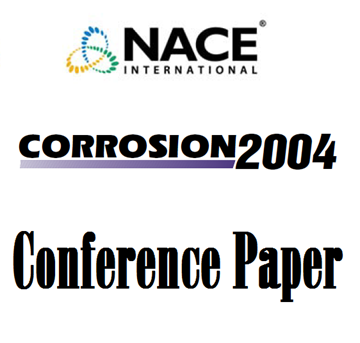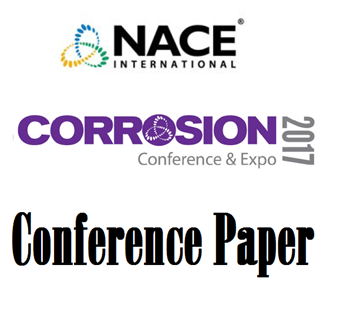Search
Products tagged with 'beta'
View as
Sort by
Display
per page
04634 New Theory for Naphthenic Acid Corrosivity of Athabasca Oilsands Crudes
Product Number:
51300-04634-SG
ISBN:
04634 2004 CP
Publication Date:
2004
$20.00
Evaluation Of Titanium 475 Alloy For Use In Oil And Gas Environments
Product Number:
51322-17840-SG
Publication Date:
2022
$20.00
Failures of Brass Components in Water and Steam Systems
Product Number:
51317--9123-SG
ISBN:
9123 2017 CP
Publication Date:
2017
$20.00



